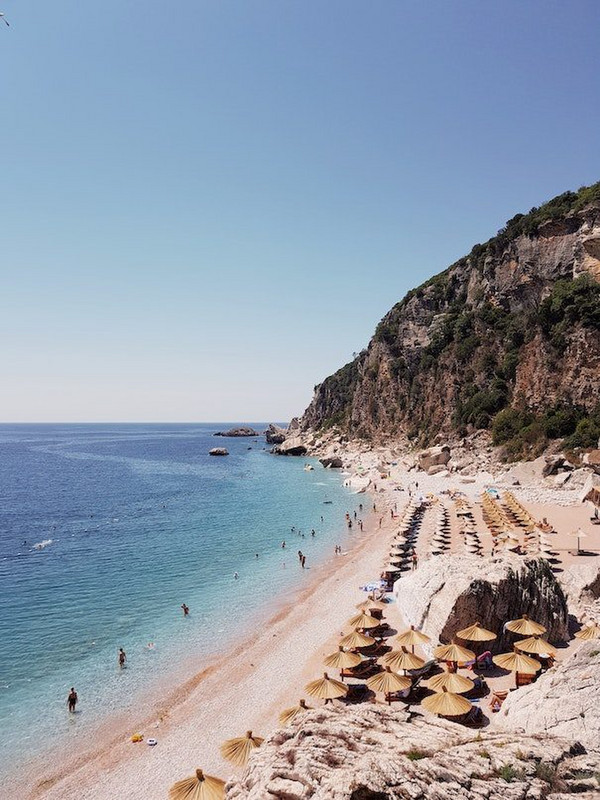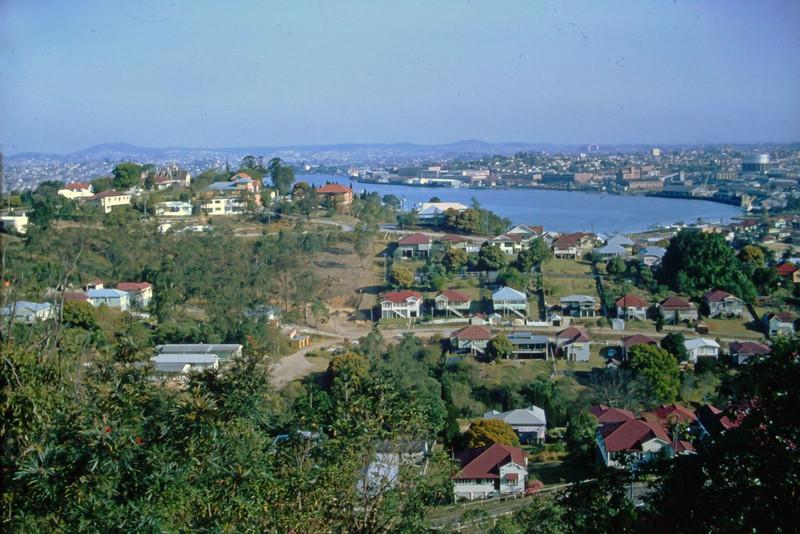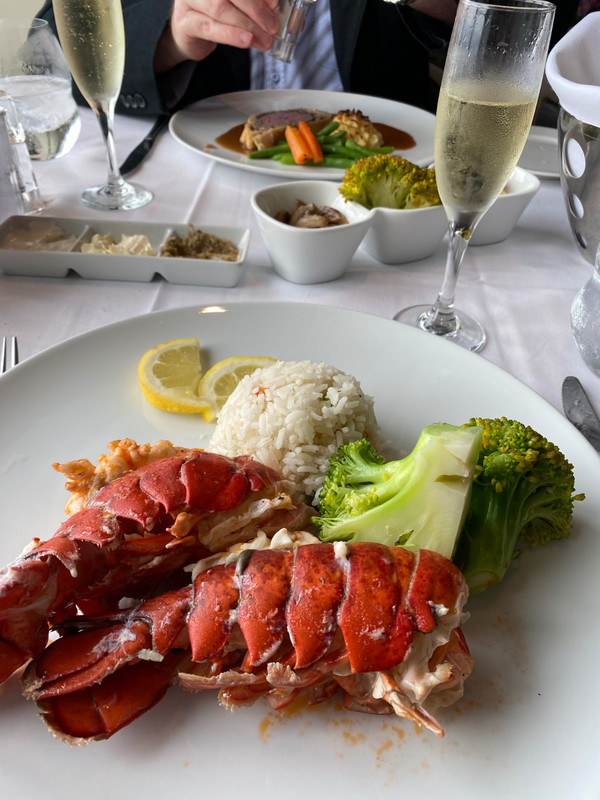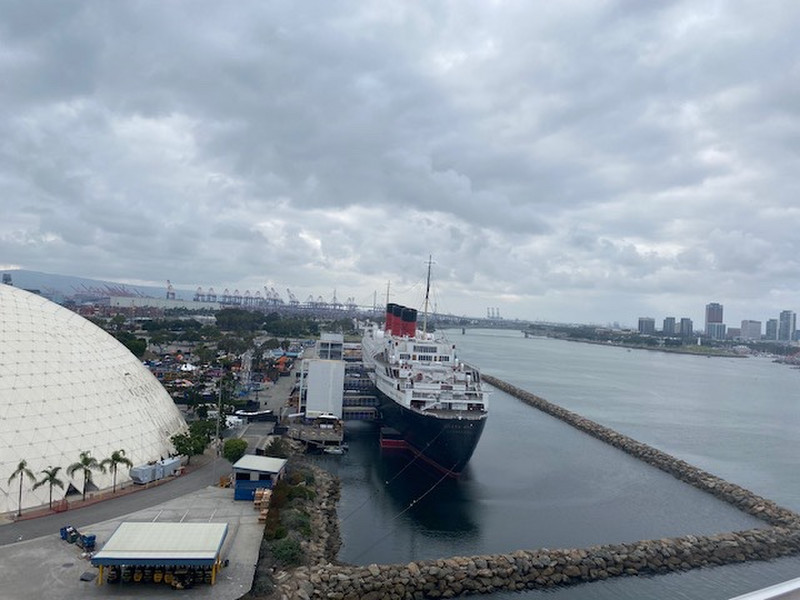Another country straddling the east and west is Montenegro. And sitting just south southeast of Croatia, it might be a good place to spend a few days. Landing in Dubrovnik, I am so close to Montenegro, why not? Montenegro has been independent since 2006, with a vote ending the Union of Serbia and Montenegro, both remnants of the former Yugoslavia. The split was brokered by the EU to stabilize the area, and prevent further Balkan skirmishes. Montenegro means black mountains, and borders Croatia, Serbia, Kosovo, Albania and Bosnia and Herzegovina. Half of the country is covered by dense forest. They also enjoy an Adriatic coastline, and the Tara River Canyon, the deepest and longest in Europe. With a relatively small population (633,000), and only 5333 square miles, Montenegro is relatively small (about the size of Connecticut). The capital is a place I have not heard of, Podgorica, though the cultural center is the historic capital, Cetinje. For most of the 20th century, Montenegro was part of the old Yugoslavia, and from 2003 to 2006, part of the Serbia and Montenegro federated union. I promise not to get hung up on its politics or its history. I am here strictly as a
tourist, perhaps for just a day or so. With almost 2.7 million visitors (pre pandemic), Montenegro has a popular destination. The coastal region seems to hold the most interest. The two old towns of Kotor, a UNESCO World Heritage site, and Herceg Novi, at the entrance to the Bay of Kotor, create the most interest. The most frequent visitors are from Serbia and Russia. How famous a tourist region? The legendary English romantic poet Lord Bryon once described the country this way: ‘At the birth of the planet the most beautiful encounter between land and sea must have been on the Montenegrin coast. This is a testament to the countrys striking beauty, which is no doubt one of the primary reasons why it attracts millions of visitors. The capital is a difficult to pronounce place named Pogdorica (also known as Titograd). But the climate is definitely Mediterranean, though the mountainous regions get some of the heaviest rainfall in Europe. One third of the country remains in forest. But its claim to fame is tourism, with 150 miles of beautiful coastline. On the plus side, there are 117 beaches here. Montenegro is home to the infamous Pink Panthers.
Known for pulling off the largest heists in history, they stole $100 million from Harry Winston jewelers in Paris. They have pulled 120 store robberies in twenty countries in just six years! You would think with such a small country, the Pink Panthers would be easy to find. Montenegrins have their Montenegrins are known to be very relaxed. In that effort, they have their own set to live by. Among them are: Love thy bed as you love thyself; If you see someone resting, help him; and If you have the urge to work, sit down, wait and youll see it will pass. Maybe this is why Montenegrins are always so happy!
Stara Maslina, in Montenegros southern town of Bar, is known as the oldest olive tree in the world. At over 2,000 years old, the tree is a magnificent attraction in an area known for its hectares of beautiful olive groves. In fact, there are over 100,000 olive trees in Bar that over 1,000 years old!
At least, they are famous for their coffee culture. Speaking of tourism: Tourism, steel making, aluminum and food processing represent its major industries. Handmade carpets, wood carvings, tapestries, ceramics, filigree jewelry, ceramics, art and wine are some of the famous items from the region that you can buy while in Montenegro.
Sveti Stefan is certainly one of the tourist icons of Montenegro. What is lesser known, though, is the fact that Marilyn Monroes favorite getaway destination in Europe used to be Sveti Stefan, an islet on the Budva Riviera. It is located just 15 minutes from Budva, by car.









